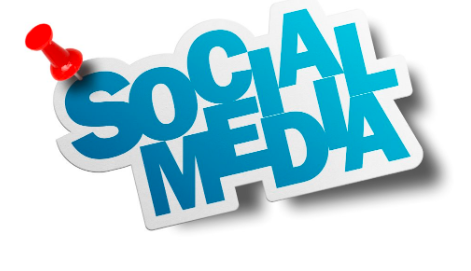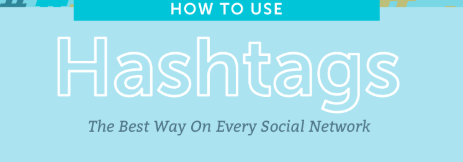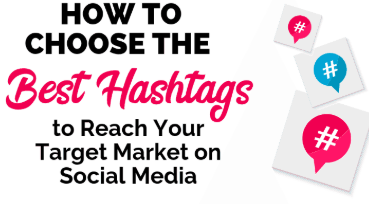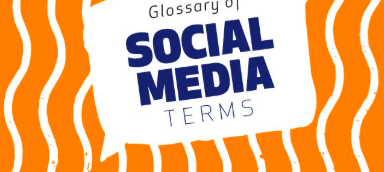Ways to Improve Your Social Media Image : Part 2 of 2
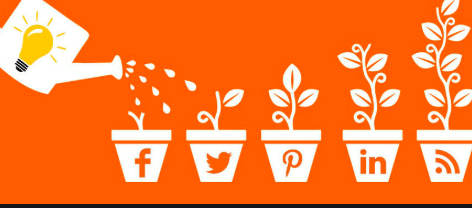
By Debbie Gregory.
In Part 1 of this article, we went over properly naming your profiles, adding consistent logos or images, utilizing reviews to build trust in your brand and proper image sizes for the most popular platforms. Below you will find more tips to help make your social platforms more professional and engaging for your followers.
6.) Untag yourself from inappropriate posts
Tags are an excellent way to connect with more fans, but only if they are used in a correct manner. When tagged in an inappropriate photo or post, you can actually harm your company or brand’s overall image and this can also result in you losing followers, which is the last thing you want.
Almost all social networks allow you to:
- See where you’ve been tagged
- See who can see your tagged photos and posts
- Approve photos you’ve been tagged in before they appear
- Remove tags from unwanted photos and posts
- Restrict who can tag you in photos
Make sure to keep a close eye on any photo you are tagged in and remove any that do not align with your brand or image. Never leave yourself tagged in inappropriate or spam posts.
7.) Cross promote your social media accounts
Almost every social media platform allows you to add one or more websites to your profile. The first one is usually your company’s main website. but don’t forget to add links to your other social media pages here as well. LinkedIn, YouTUBE, Facebook, and Pinterest all allow you to add multiple links to your profile.
8.) Use the right keywords so that you are discoverable in a search
Adding the right keywords to your profile allows you to be discovered much easier for your business, industry, or niche. Keyword tools such as SEMrush and Google Keyword Planner can help you identify the right words and terms to use. Don’t simply stuff the keywords into your profile in places they do not belong. Make sure that you are using the keywords naturally in the text of your profile and posts.
9.) Make sure to fill out your profiles
Make sure that every field, for every profile, is fully filled in with engaging content. This makes your page appear more professional. You need to clearly and succinctly explain what you do, what your followers can expect from you and a clear call-to-action for what your followers should do next.
10.) Test all of your links
When you post a link to your profile or page, it is important that you make sure that the link works as intended. There is nothing more frustrating for a follower than to click on a broken link. Typos do happen but make sure they are not interfering with your customer’s experience with you.
Social media is part of almost everyone’s daily life. Make sure that your profiles are as professional and recognizable as possible. Utilizing all these quick tips will help you craft the clean, professional, and optimized social media profiles that you need to succeed. VAMBOA hopes that this information is helpful to your small veteran or military owned business.








